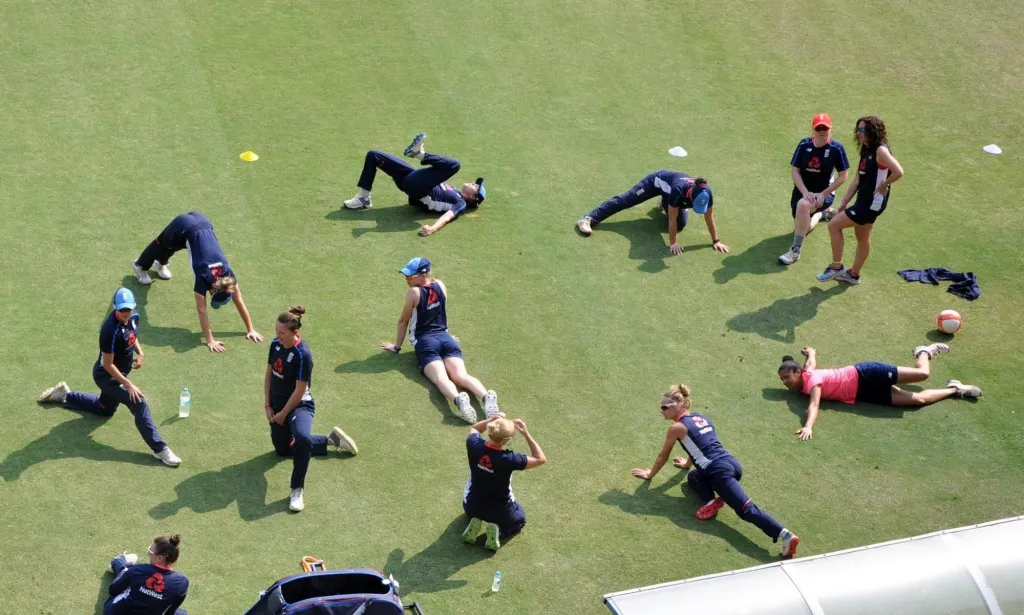With senior players like Zaheer Khan retiring, the baton of leading India’s pace attack was passed on to Ishant. And the responsibility of leadership rubbed on him well.
A hundred Test match appearances is a monumental achievement for any player. Of the 3,036 players who have gone on to play Test cricket till date, only 69 – a mere 2.27 per cent – have managed to reach the milestone. India are going to add one more player to that tally when Ishant Sharma walks onto the field in Motera on 24 February.
In fact, Ishant is a rare breed even in this group of 70. Apart from him, there are only 11 players who can be considered out-and-out pacers. A reason for the cricket fraternity to celebrate it in the same way as we celebrate the milestones of the Indian batsmen.
From making his Test debut against Bangladesh in Dhaka, back in 2006/07, to appearing in his 100th Test, in Motera against England, it has been quite a journey for the 32-year-old Ishant. He has been the workhorse the Indian attack needed in this format. A pacer who can bowl the long spells without losing steam.
But he didn’t find things that easy during the initial part of his career. Even though he came up with the occasional sparks of brilliance – the most famous of which being making Ricky Ponting dance to his tunes at Perth during the 2007/08 tour Down Under – his consistency kept letting him down time and again.
As a youngster, Ishant had leaked runs on numerous occasions owing to his erratic line and length. On his day he could be unplayable, but it was the frequency of these days that was the problem. The Indian team management, however, had marked him out as a long-term prospect and invested in him for years – though some of that can be attributed to the fact that options were limited.
In the first seven years of his Test career, during which he played 55 matches, Ishant picked up 164 wickets but at an average of 37.56. He went for 3.35 an over as well. Indian cricket had already backed him for too long, and at this point it seemed he was running out of time. However, his transformation started happening just in the nick of time.

Source: Twitter (ICC)
With senior players like Zaheer Khan retiring, the baton of leading India’s pace attack was passed on to Ishant. And the responsibility of leadership rubbed on him well. Stints in county cricket played a part in his development as well, and the end result turned out to be excellent both for him and Indian cricket.
In the last seven years of his Test career, Ishant has picked up 138 wickets at an excellent average of 25.86. His economy rate dipped to 2.89. Moreover, he has picked up a wicket every 53.5 balls over this period as compared to his strike-rate of 67.2 in the first seven years.
For Ishant to undergo such a massive change, it was important for him to leave the demons of his past behind, while learning from his mistakes at the same time.
“Aap jitni jaldi cheezo ko bhul ke move on karoge, life mein cheeze utni zada simple rehti hain. Agar aap past mein hi atke rahoge toh woh future ki cheezo pe bhi asar karega,” Ishant said ahead of the day-night Test match between India and England.
It translates to: “Things will be simple in life if we can leave our past behind and move on. We can’t work on improving our future if we remain stuck in the past.”
Ishant has walked the talk here as he hasn’t let his past dictate his present and future. He is the spearhead of the much-vaunted Indian pace attack that also boasts Mohammed Shami, Jasprit Bumrah and Umesh Yadav.
This version of Ishant Sharma is a lot more mature. He is much more aware of his abilities and limitations, and has looked in control of every situation. Ishant is the glue that holds the Indian bowling attack together. He is the bowler he was always destined to be.

